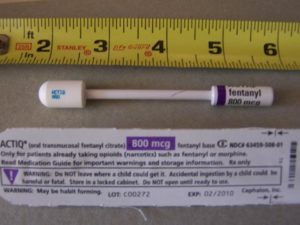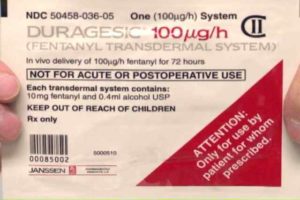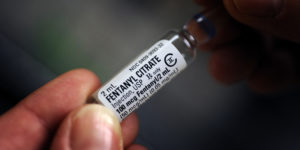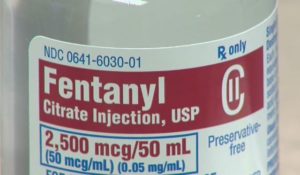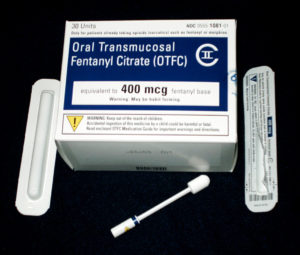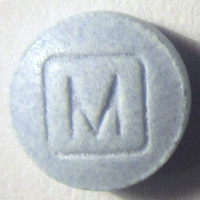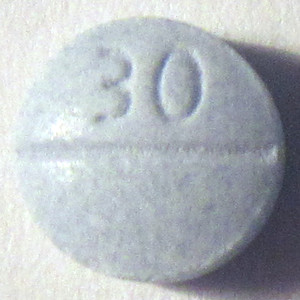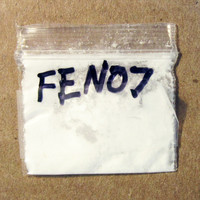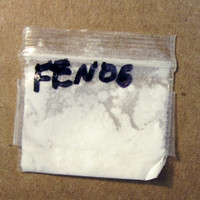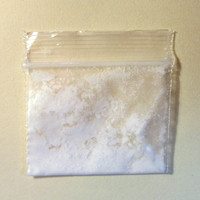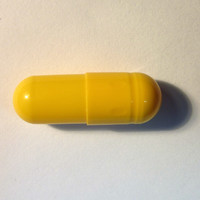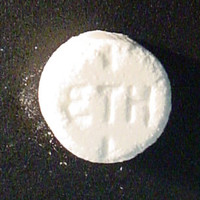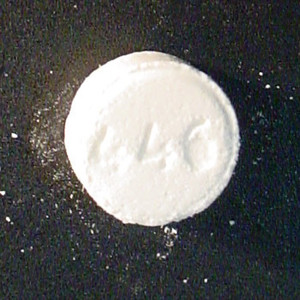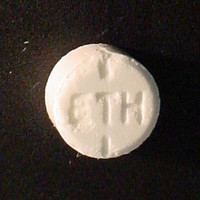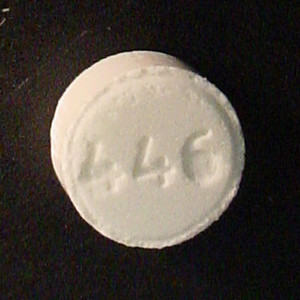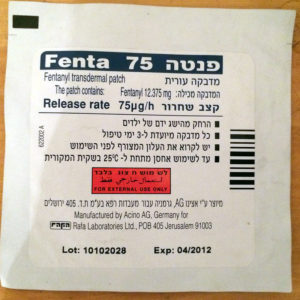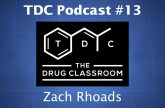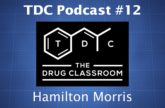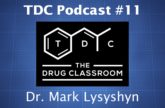Fentanyl is a potent opioid which is used for pain relief and anesthesia. It has existed since the 1960s and non-medical use has occurred since the 1970s.
The drug has often been misrepresented as other opioids (e.g. heroin and oxycodone), resulting in many deaths. Its potency makes the drug more difficult to dose correctly when you aren’t taking a pharmaceutical product.
It offers a range of recreational effects, though it tends to provide less euphoria than other opioids.
Fentanyl = Fentanil; Duragesic; Sublimaze; Actiq; China White; Fentora
Dose
Transdermal
Total Per Patch: 2.5 – 10 mg
Provides: 25 to 100 μg/hour
Intranasal
Light: 10 – 25 μg
Common: 25 – 50 μg
Strong: 50 – 75 μg
Buccal
Light: 10 – 25 μg
Common: 25 – 50 μg
Strong: 50 – 75 μg
Timeline
Transdermal
Total: 72 hours
Onset: 12 hours
Intranasal
Total: 1 -4 hours
Onset: 00:05 – 00:10
Buccal
Total: 1- 4 hours
Onset: 00:10 – 00:15
Experience Reports
Test Results
References
(2015) Fentanyls: Are we missing the signs? Highly potent and on the rise in Europe.
(2013) Pharmacokinetics of non-intravenous formulations of fentanyl.
(2011) Intranasal fentanyl for pain management in children: a systematic review of the literature.
(2011) Fentanyl for breakthrough pain: a systematic review.
(2009) Transdermal fentanyl: pharmacology and toxicology.
(2008) Serotonin toxicity caused by an interaction between fentanyl and paroxetine.
(2008) Oral abuse of fentanyl patches (Duragesic): seven case reports.
(2007) Fatalities associated with fentanyl and co-administered cocaine or opiates.
(2003) Fentanyl use, misuse, and abuse: a summary of 23 postmortem cases.
(2002) Fatal intravenous misuse of transdermal fentanyl
(1994) Inhalation abuse of fentanyl patch.
(1992) The history and development of the fentanyl series.
(1989) The safety of fentanyl use in the emergency department.
(1982) Convulsions: an unusual response to intravenous fentanyl administration.










